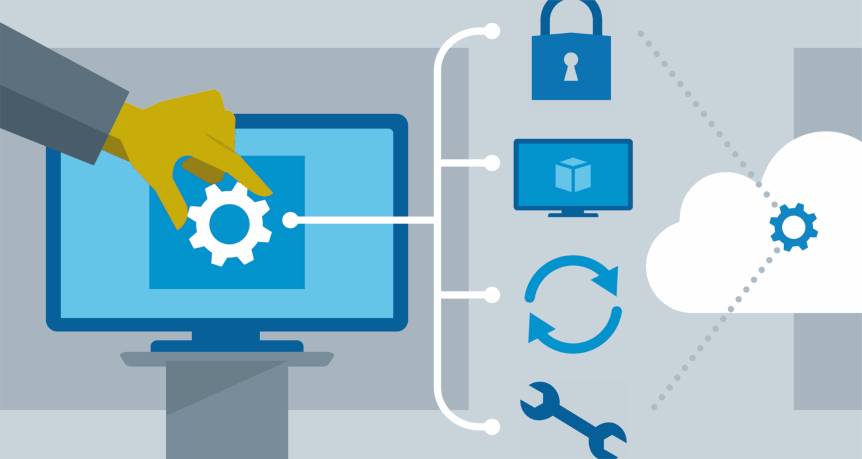In today’s interconnected world, remote desktop protocol (RDP) has become an essential tool for businesses and individuals alike. It allows users to access and manage their computers or servers from anywhere with an internet connection. However, with convenience comes the need for robust security measures to protect your data and systems from potential threats. In this blog post, we’ll explore the best practices for click here server management to ensure the safety of your data.
Understanding RDP
Before delving into best practices for securing RDP, it’s crucial to understand what it is and how it works. Remote Desktop Protocol is a proprietary protocol developed by Microsoft that allows remote control of a computer over a network connection. It enables users to interact with a remote system as if they were physically present at the machine.
The Importance of RDP Security
RDP is a powerful tool, but it can also be vulnerable to security breaches if not properly configured and managed. Unauthorized access to your RDP server can lead to data theft, system compromise, and other security incidents. Here are some best practices to ensure the security of your RDP server:
1. Keep Software Updated
Regularly update your RDP server software, operating system, and any relevant applications. Software vendors often release updates to patch vulnerabilities and enhance security. Enabling automatic updates is a good practice to ensure that your server is always running the latest, most secure versions of software.
2. Use Strong Authentication
Implement strong authentication methods, such as two-factor authentication (2FA) or multi-factor authentication (MFA), for RDP access. This adds an extra layer of security by requiring users to provide two or more forms of verification before granting access, making it significantly harder for unauthorized users to gain entry.
3. Change Default Ports
By default, RDP uses port 3389. Changing this port number can help deter automated attacks targeting RDP servers. However, don’t rely solely on port changes for security; it should be part of a comprehensive security strategy.
4. Limit Access
Only grant RDP access to users who genuinely need it. Avoid using administrator accounts for everyday tasks and create separate, limited-access accounts for specific users. Use the principle of least privilege to ensure that users only have the permissions necessary to perform their job.
5. Use Network-Level Authentication (NLA)
Network-Level Authentication (NLA) requires users to authenticate themselves before they can even establish a connection to the RDP server. This adds an extra layer of security by preventing unauthorized access attempts at the network level.
6. Employ Network Security Measures
Implement a firewall to control incoming RDP traffic and only allow connections from trusted IP addresses or networks. You can also consider using a virtual private network (VPN) to secure RDP connections by encrypting the traffic between the client and server.
7. Regularly Audit and Monitor
Monitor RDP server logs and set up alerts for suspicious activities. Regularly review logs and conduct security audits to identify and address potential vulnerabilities or signs of intrusion promptly.
8. Disable Unused Services
Disable unnecessary services and features on your RDP server to reduce the attack surface. Only enable the services and features that are required for your specific use case.
9. Back Up Data
Regularly back up your data and server configurations to ensure you can recover in the event of a security incident or data loss. Store backups securely and test restoration procedures to verify their effectiveness.
10. Educate Users
Lastly, educate your users about the importance of strong password practices, the risks of sharing credentials, and the need for vigilance against social engineering attacks.
Securing your RDP server is an ongoing process that requires attention to detail and a proactive approach. By following these best practices and staying informed about the latest security threats, you can significantly reduce the risk of security breaches and protect your valuable data. Remember that security is a shared responsibility, and everyone who accesses your RDP server should be aware of their role in maintaining a secure environment.
